



The performance indications – slurs and dynamic hairpins, potentially accents – of the semiquaver motifs in bars 2, 3, 5 and their repetitions (9 places in total) should be discussed together, as Chopin treated them in such way, while proofreading FE (→GE,EE). The original set of indications included an accent, mostly long, over the 3rd semiquaver of the motif and one or two slurs embracing the pair of semiquavers (in bar 10 in AI the unclear slur may be embracing 4 semiquavers). Particular bars differed with respect to the presence or lack of some of the mentioned elements, e.g. in A in bar 2 the slur embraces the 2nd pair of semiquavers, in bar 5 – the first, while in bar 3 there are no slurs at all. An entire set – two slurs and an accent – is only in bars 13 and 63 in A.
While proofreading FE1, Chopin considered these indications to be unsatisfactory and corrected them in all 6 places of the first part of the Etude (bars 2-13), introducing the same combination of two signs 
 (6 times) and embracing with one slur the entire 1st half of the bar in all places, where the semiquavers were not embraced with any slur (5 places in bars 2-12).
(6 times) and embracing with one slur the entire 1st half of the bar in all places, where the semiquavers were not embraced with any slur (5 places in bars 2-12).
Below there are all versions of the indications in the sources controlled by Chopin (FE2 differs from FE1 only in bar 66):
| bar | AI | A | FE1 | FE2 |
|---|---|---|---|---|
| 2 |
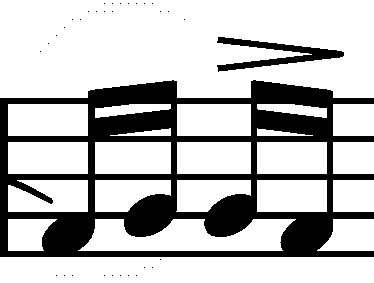 |
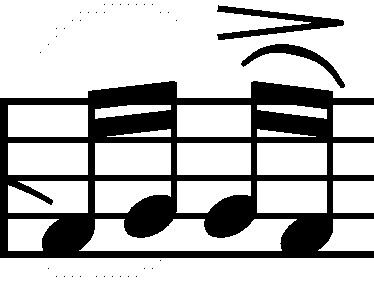 |
! 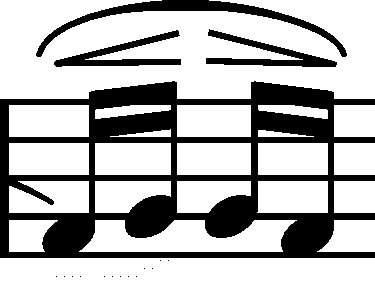 ! ! |
 |
| 3 |
 |
 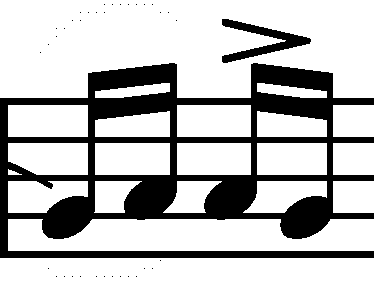 |
!  ! ! |
 |
| 5 |
 |
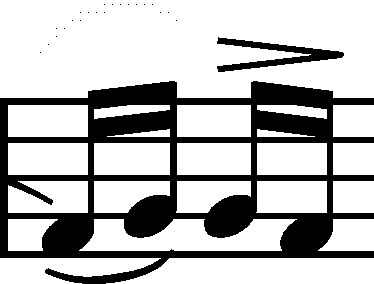 |
!  ! ! |
 |
| 10 |
 |
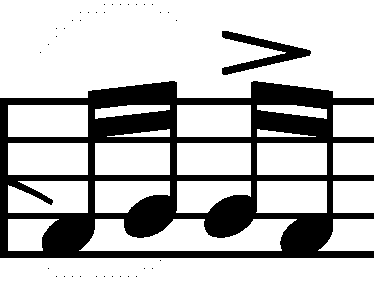 |
!  ! ! |
 |
| 11 |
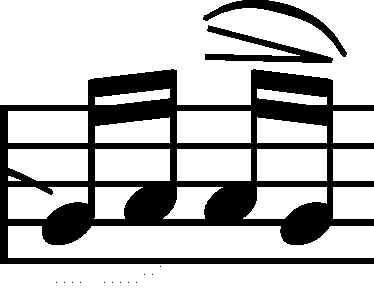 |
 |
!  ! ! |
 |
| 13 |
 |
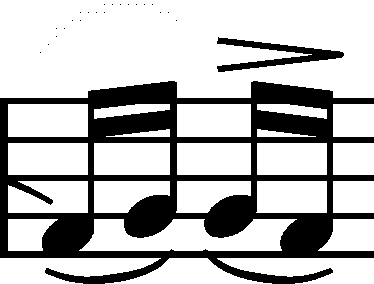 |
! 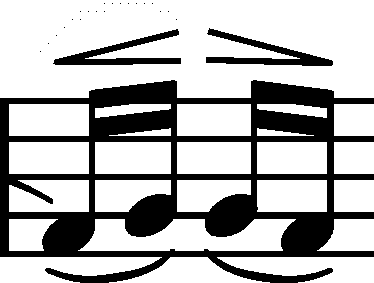 ! ! |
 |
| 63 |
 |
!  ! ! |
 |
 |
| 64 |
 |
! 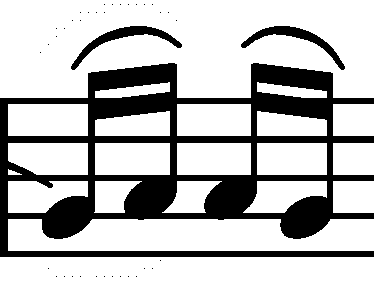 ! ! |
 |
 |
| 66 |
 |
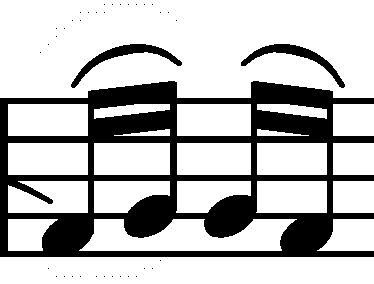 |
 |
!  ! ! |
The exclamation mark indicates the versions adopted in the main text.
In relation to such a relatively consistent – as for Chopin – proofreading, one can wonder whether the composer's intention was to fully homogenise the indications in all nine bars. The fact of leaving two slurs in bar 13 and of the total lack of corrections of the main theme (bars 63-66) in the discussed bars can be attributed to an inaccurate proofreading (Chopin's oversights of one or a few analogous places in proofreadings was a frequent phenomenon). According to us, it is possible, and in relation to the first part of the Etude, quite likely, hence in bar 13 we suggest a version with one slur as an acceptable variant. However, when the theme returns, the situation is unclear, as Chopin (most probably) proofreading of FE2 was limited to adding a pair of 
 in bar 66, not introducing changes in two-note slurs of A. As a result, after completing – on the basis of A – the undoubtedly overlooked in FE (→GE,EE2) indications in bar 63, the discussed motifs are consistently provided with pairs of slurs in the entire part and it is in this form that they could have eventually been accepted by Chopin. We also do not interfere with the dynamic signs (hairpins and accents), as the return of the main theme of the Etude were marked by Chopin differently, often more scarcely, also in other places – cf. e.g. presence or lack of accents over the crotchets in bars 10, 12, 13, 18, 19 and 63, 65, 66, 71 and 72 respectively.
in bar 66, not introducing changes in two-note slurs of A. As a result, after completing – on the basis of A – the undoubtedly overlooked in FE (→GE,EE2) indications in bar 63, the discussed motifs are consistently provided with pairs of slurs in the entire part and it is in this form that they could have eventually been accepted by Chopin. We also do not interfere with the dynamic signs (hairpins and accents), as the return of the main theme of the Etude were marked by Chopin differently, often more scarcely, also in other places – cf. e.g. presence or lack of accents over the crotchets in bars 10, 12, 13, 18, 19 and 63, 65, 66, 71 and 72 respectively.
The changes introduced in bars 63 and 66 in later EE and GE are a result of the revisers' activities, homogenising the similar places.
Compare the passage in the sources »
category imprint: Differences between sources; Corrections & alterations
issues: Long accents, Authentic corrections of FE
notation: Articulation, Accents, Hairpins



